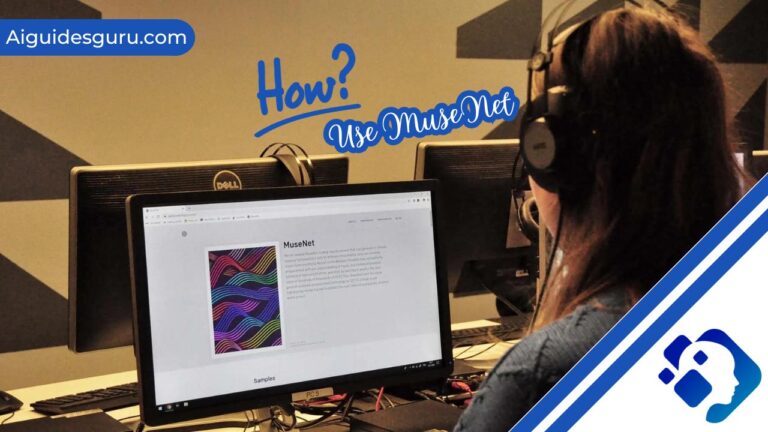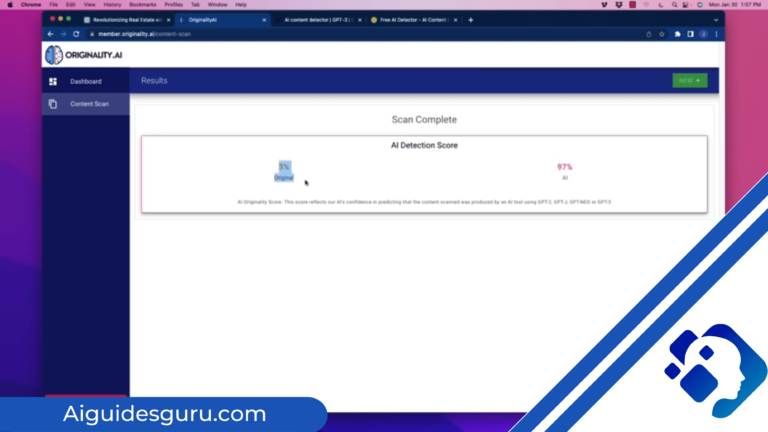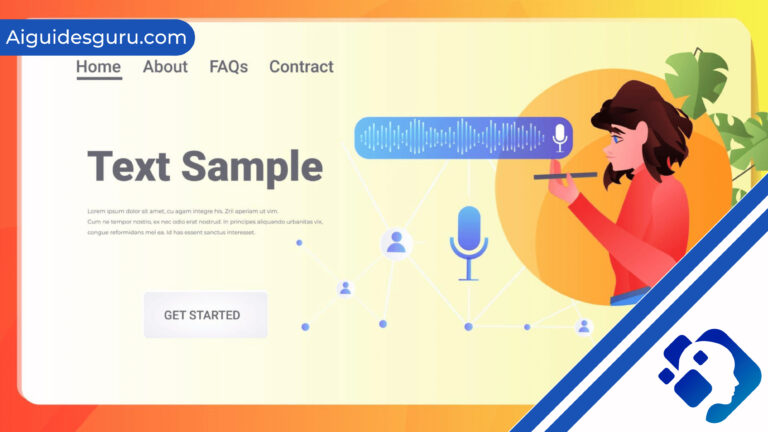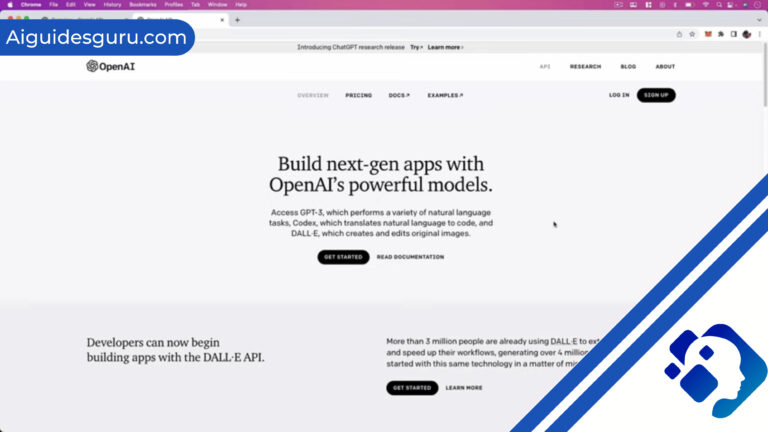Google Bard AI vs ChatGPT: A Comprehensive Comparison

Artificial intelligence (AI) has revolutionized various industries, and conversational AI chatbots have become increasingly popular. Two prominent players in the field are Google Bard AI and OpenAI’s ChatGPT. In this comprehensive comparison, we will explore the key differences, strengths, and use cases of these AI-powered chatbots. So, let’s dive deep and analyze the capabilities of Google Bard AI and ChatGPT.
1. Introduction to Google Bard AI and ChatGPT
Google Bard AI and ChatGPT are both powerful language models that use AI to generate human-like responses to user queries. Developed by Google, Bard AI is designed to captivate audiences with its exceptional storytelling capabilities. On the other hand, ChatGPT, developed by OpenAI, specializes in generating conversational responses that simulate human-like interactions.
2. Training Models and Data Sources
The training models and data sources used by Google Bard AI and ChatGPT are fundamental factors that influence their performance and capabilities. ChatGPT is built on the transformer model, which enables it to synthesize large volumes of text and discover linguistic patterns. Its training data includes information from Common Crawl, Wikipedia, books, articles, and documents, with the data source cut-off limit being 2021.
In contrast, Google Bard AI is built on the PaLM 2 architecture and has been trained on the Infiniset dataset. This dataset primarily focuses on dialogues and conversations, allowing Bard AI to excel in generating conversational responses. Additionally, Bard AI has real-time access to the internet, enabling it to provide up-to-date information to users.
3. Coding Proficiency
When it comes to coding proficiency, both Google Bard AI and ChatGPT have their strengths. ChatGPT has been widely used for generating code and can provide clear explanations and solutions to coding problems. On the other hand, Google Bard AI excels in code refactoring, offering optimized code solutions and comprehensive debugging justifications.
4. Language Support
Expanding language support is crucial for AI language models to cater to a diverse user base. Both Google Bard AI and ChatGPT support multiple languages, allowing users to interact and receive assistance in their preferred language. Bard AI currently supports 40 languages, including English, Spanish, Arabic, Chinese, Russian, and more. In comparison, ChatGPT supports over 50 languages, making it more versatile in terms of language support.

5. User Experience and Interface
User experience and interface play a significant role in the adoption and usability of AI chatbots. Google Bard AI offers a user-friendly interface with human-like responses, providing a seamless conversational experience for users. On the other hand, ChatGPT offers a collaborative experience, allowing users to share conversations with others and collaborate effectively.
6. Content Generation and Summarization
Both Google Bard AI and ChatGPT excel in content generation and summarization tasks. ChatGPT is particularly good at generating long-form content, making it suitable for tasks such as blog posts, email drafts, and product descriptions. Additionally, ChatGPT offers a suite of plugins and integrations that enhance its content generation capabilities.
Google Bard AI, on the other hand, is proficient in summarizing long texts like articles or reports accurately. It can generate concise summaries reflecting the main ideas of the original text. Bard AI’s ability to surface information from the internet in real-time also contributes to its content generation capabilities.
7. Use Cases of Google Bard AI and ChatGPT
Google Bard AI and ChatGPT have found applications across various industries and use cases. Let’s explore some of the key use cases for each chatbot:
Google Bard AI Use Cases:
Customer Service: Bard AI can answer frequently asked questions from customers and provide prompt and precise replies, reducing the workload of customer support professionals.
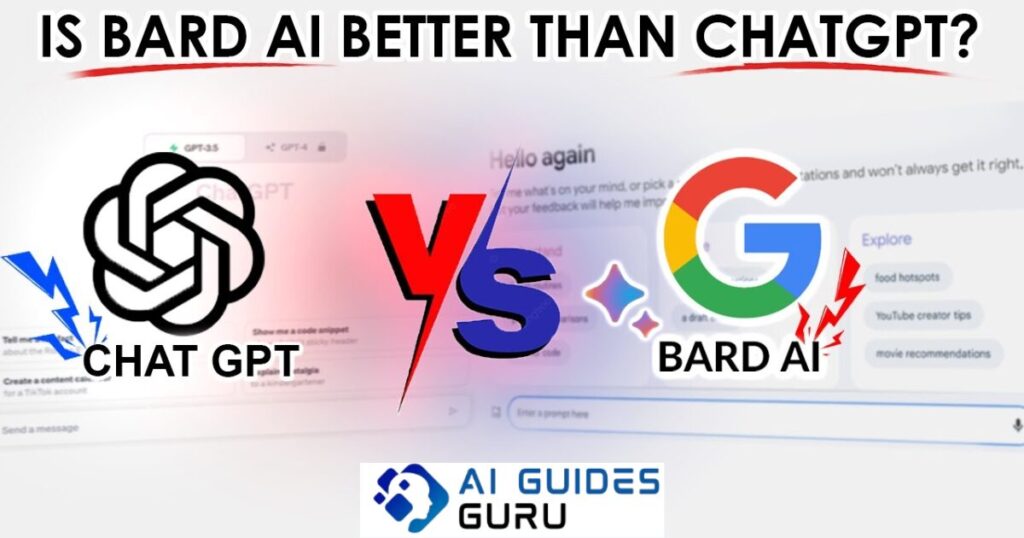
Language Translation: Bard AI can perform real-time text translations, enhancing multilingual customer service and improving the quality of machine translation systems.
Storytelling and Creative Writing: Bard AI’s exceptional storytelling capabilities make it suitable for creative writing, providing feedback on writing styles, tone, and structure.
Personal AI Assistant: Bard AI can assist in managing time, setting reminders, and ensuring important tasks are not missed.
Automated Tasks: Bard AI can automate various tasks such as making reservations, travel arrangements, and online shopping.
ChatGPT Use Cases:
Content Generation: ChatGPT is efficient at generating text for various purposes, including blog posts, email drafts, product descriptions, and social media posts.
Education and Research: ChatGPT can provide individualized learning experiences for students and assist researchers in sifting through materials and identifying important facts.
Customer Support: ChatGPT can answer customer queries, provide technical support, and assist with frequently asked questions.
Creative Writing: ChatGPT can offer writing suggestions, synonyms, related words, and alternative phrasing tips to help writers improve their skills.
Conversational AI: ChatGPT can simulate human-like conversations, making it suitable for chat-based applications and virtual assistants.
8. Security and Privacy Considerations
Security and privacy are crucial aspects to consider when utilizing AI chatbots. Both Google Bard AI and ChatGPT have faced concerns regarding privacy and security risks. ChatGPT logs conversations and collects personal information for training purposes, which raises cybersecurity risks. Deleting specific prompts from ChatGPT’s history is not possible, so caution must be exercised when sharing personal or sensitive information.
Google Bard AI also collects user data and warns users not to disclose personal information. There have been reports of Bard AI generating phishing emails, indicating the potential for misuse. Users should remain vigilant and prioritize fact-checking to ensure accuracy and reliability.
Conclusion
In conclusion, Google Bard AI and ChatGPT are powerful AI chatbots with unique strengths and capabilities. Google Bard AI excels in storytelling, code refactoring, and real-time information access, making it suitable for various use cases. On the other hand, ChatGPT is known for its content generation capabilities, collaborative experience, and support for a wide range of languages.
When choosing between Google Bard AI and ChatGPT, it is essential to consider your specific use case, language requirements, coding needs, and privacy concerns. Both chatbots continue to evolve, and as they advance, the dynamics of this comparison may change. It is crucial to stay updated on the latest developments in AI chatbot technology to make informed decisions.
Can ChatGPT and Google Bard AI generate images?
ChatGPT cannot generate images, while Google Bard AI has the capability to surface images from the internet, providing visual context to its responses.
Are ChatGPT and Google Bard AI reliable sources of information?
Both ChatGPT and Google Bard AI should be used with caution when it comes to information accuracy. They can generate responses based on their training data, but fact-checking is essential to ensure reliable and accurate information.
Can ChatGPT and Google Bard AI be used for customer service?
Yes, both ChatGPT and Google Bard AI can be used for customer service. They can answer frequently asked questions, provide support, and assist in various customer service tasks.


